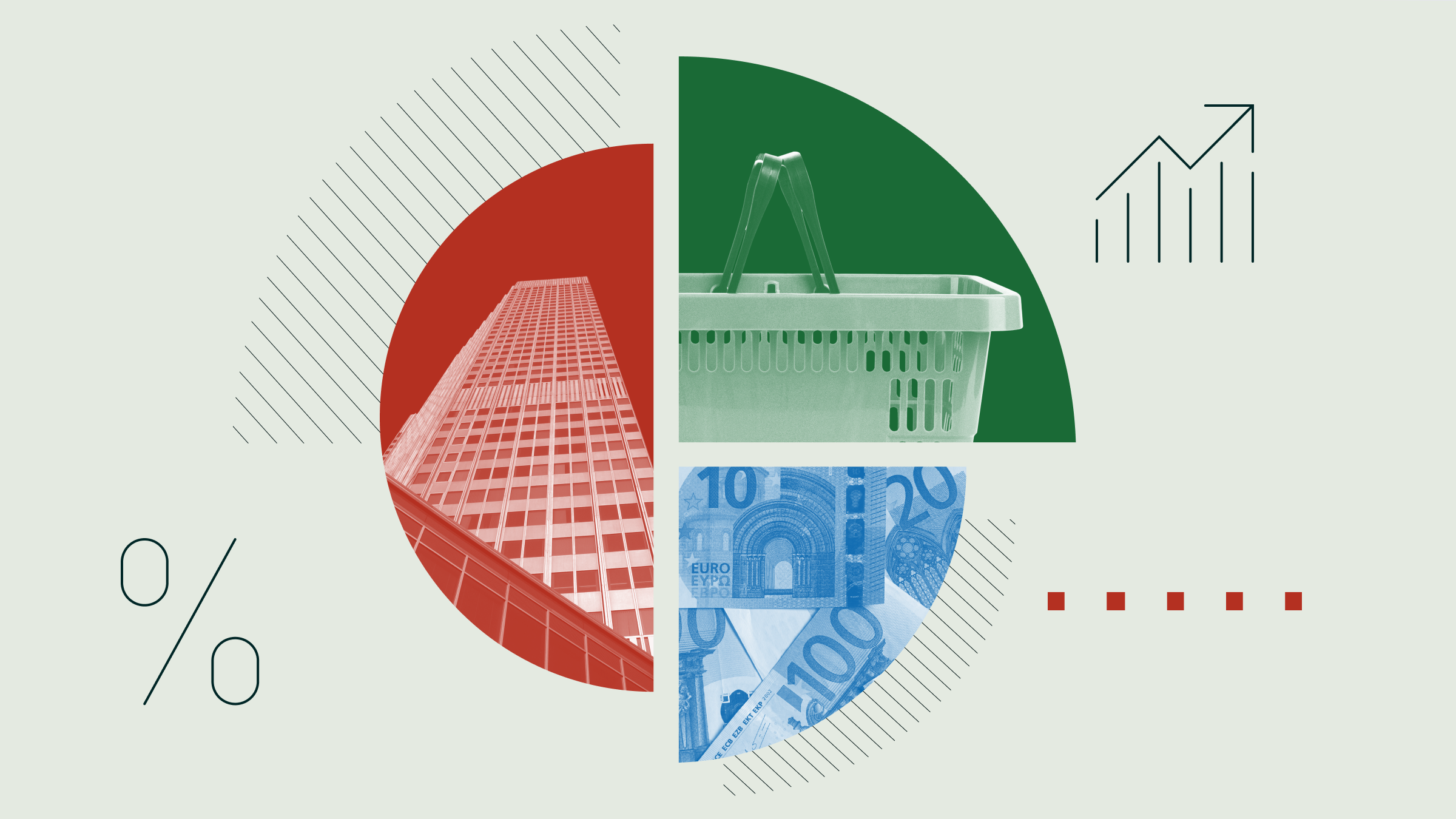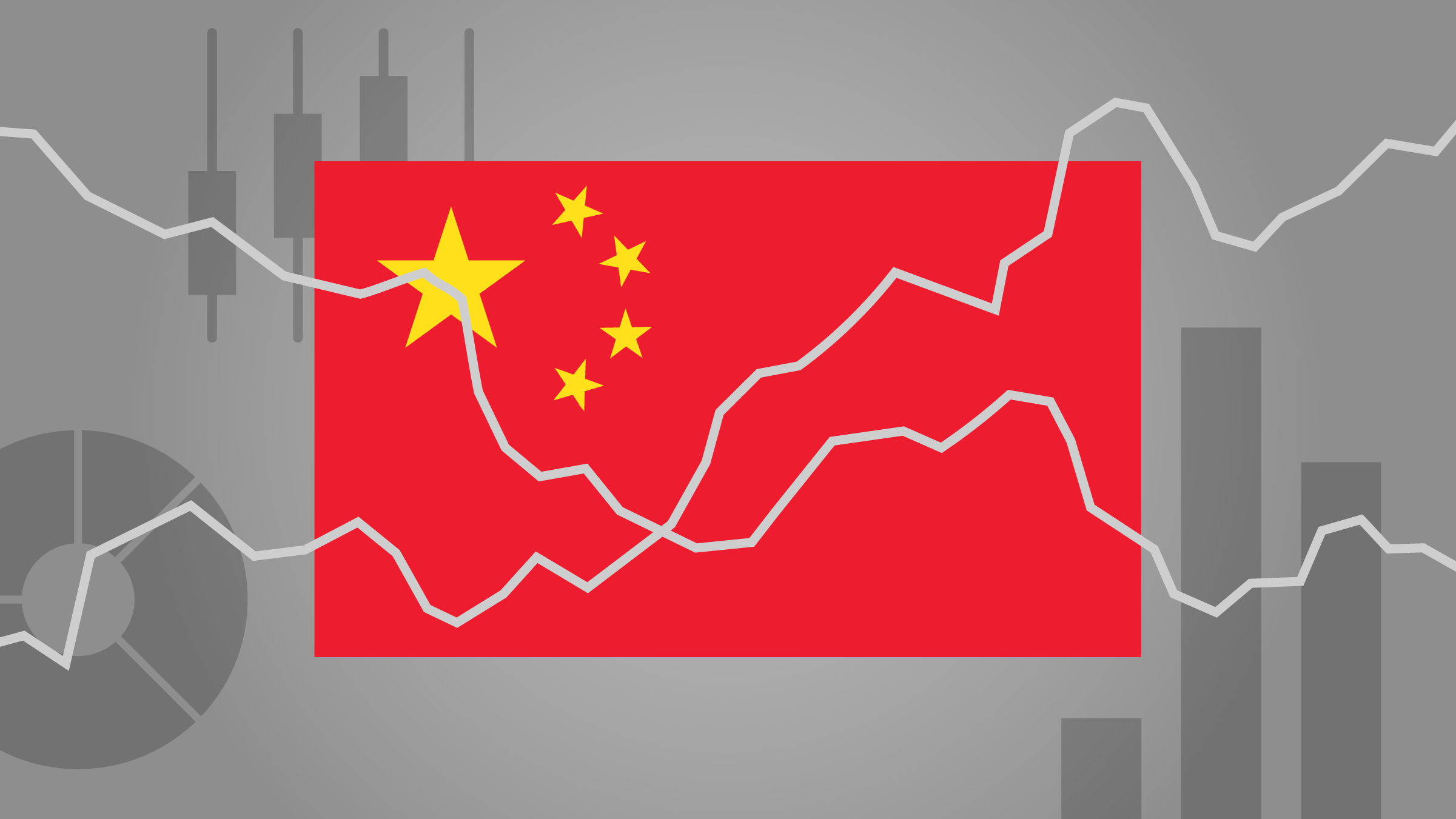
US President Donald Trump has announced that he will impose import tariffs on cars, starting at around 25% and potentially increasing further over the course of the year. We see little price movement for European car manufacturers. Trump is expected to announce further information on this round of tariffs on April 2.
We believe this tariff announcement is a tactic by the Trump administration to equalize auto tariffs between the US and the European Union. The EU currently imposes a 10% tariff on vehicle imports, while the US imposes a 2.5% tariff on passenger car imports. The US already imposes a 25% tariff on imported pickup trucks.
This is reflected in the models produced by European car manufacturers in the US, especially in light truck models. If the US were to impose a 25% import tariff, it would be too high for most European car manufacturers to pass on to consumers. With already low profit margins, European car manufacturers have little room to absorb these tariffs. This would force original equipment manufacturers to adjust or expand their existing capacity in the US in order to maintain their market share.
European Car Companies Agree to Increase US Capacities
Some European car manufacturers have already pledged significant investments in production in the US. Volkswagen VOW3 has announced that it plans to double its market share in the US, supported by ongoing investment. The company has already invested up to USD 5.8 billion in its joint venture with US company Rivian and around USD 2 billion in the Scout production facility, which will more than double current production in the US.
Stellantis 8TI, which has significant capacity in Mexico to support its US sales, has also recently announced investments in the US of around USD 5 billion. To reflect this, we have forecast an investment rate that will be higher than forecast.
BMW Is the Largest Car Exporter in the US
Most European car manufacturers already have considerable production capacity in the US. However, US production consists mainly of larger model series, while the lower-priced models are imported. BMW BMW for example, produces and sells around 400,000 vehicles annually in the US. However, production capacity is concentrated on the larger and higher-end X models. Therefore, about half of the vehicles sold in the US are produced in the US (we estimate that more than half of BMW’s revenues and profitability come from locally produced vehicles). The other half of US production is exported. In fact, BMW was the largest vehicle exporter by value in the US in 2023, with Germany being the largest export market in 2022.
US Threatened with Losses from Vehicle Exports
Mercedes MBG pursues a similar strategy and focuses on the production of light commercial vehicles in the US; around half of US production is exported. We estimate that just under 20% of US auto export volume in 2023 will be produced by European automakers in the US. Therefore, the US could lose significant revenue from car exports if the EU imposes higher tariffs in return.
Volkswagen Is the Most Vulnerable to Tariffs
Mercedes and BMW, which have large export capacity, have the opportunity to diversify the range of vehicles produced in the US, but at the cost of lower exports and likely lower productivity. Although Volkswagen’s Scout production is expected to come online in 2026, we believe the company is currently the most vulnerable to higher US import tariffs. First, the higher-end Audi and Porsche brands do not have production facilities in the US. Second, the company only produces a few models of its VW brand in the US, which accounts for about 40% of its US sales.
The author or authors do not own shares in any securities mentioned in this article. Find out about Morningstar's editorial policies.
























